News 2/28/12
Thanks Dr. Gregg for keeping HIStalk Practice rolling last week while I was crazy busy at HIMSS. I love the annual conference, I am glad it only comes around once a year. Though the in-patient world is king at HIMSS, the ambulatory world was well-represented by such ambulatory-only vendors as eClinicalWorks, athenahealth, Practice Fusion, and Vitera. Marketing departments were working overtime churning out press releases, including much of the news below. I am still wading through my in-box but here are some of the more newsworthy items from last week.
eClinicalWorks announces Community Analytics, a data analytics solution for communities and ACOs that provides reporting, alerting, and messaging capabilities to manage population health. eCW also introduces its Care Coordination Portal for ACOs and PCMHs that ties into eCW’s or other EMRs. The portal is designed to enable care coordination and reporting and includes tools for care management, patient engagement, home-monitoring device integration, and transition of care plan management. Finally, eCW announces that Greater Baltimore Medical Center expands its relationship with eCW to include the Coordination Portal and Community Analytics modules.
CareCloud appoints athenaheath’s former director of global corporate communications John Hallock as VP of corporate communications.
Radiology Associates of Atlanta selects Zotec Partners as its billing services provider.
Quest Diagnostics announces a 30-day EHR implementation guarantee to enable bi-directional data exchange between hospitals and ambulatory physicians using the Care360 EHR.
athenahealth is named to the 2012 TR50 Technology Review’s list of the world’s most innovative technology companies.
CVS Caremark’s MinuteClinic will transition from its proprietary EMR to AllscriptsMyWay EHR across its national chain of retail health clinics. In addition, Humana subsidiary Concentra announces plans to implement Allscripts EHR at more than 310 Concentra Urgent Care locations across the country.
AT&T takes ownership and control over the AMA’s physician platform, which AT&T will integrate with its Healthcare Community Online HIE platform. Both the AMA’s Amagine platform and AT&T’s HIE run on technology created by Covisint.
Most physicians believe EHR use is valuable in improving quality and important to managing patient care, but less than half say EHR has not improved diagnosis accuracy or treatment planning. Cost and the burden of implementation continue to be the biggest barriers to EHR adoption. From the same Deloitte Center for Health Solutions study: only about 25% of physicians consider themselves on target to meet MU and 23% say they are unfamiliar with MU requirements.
Allscripts and MyCareTeam launch a diabetes management system that integrates the MyCareTeam application with Allscripts Enterprise EHR. The integrated platform allows patients to transmit their blood glucose readings from their glucose meters, along with vitals, to a database via the Internet.
A proposed rule would require physicians to return any improper payments within 60 days of notification and allow auditors to uncover overpayments as far back as 10 years from the date of payment.
InteGreat EHR earns BlackBook Rankings’ #1 spot for EHRs for physician groups with 100-249 physicians, as well as for EHRs for multi-specialty practices.
NextGen unveils its redesigned EHR that includes automated outcomes reported, enhanced disease management workflows, content for more than 25 specialties, and a new user interface. NextGen also launches its Performance Management suite for self-service analytics, NextPen for digital data collection, and NextGen Mobile.
Use of EHR computer-assisted decision tools can significantly increase identification, diagnosis, and counseling for overweight and obese children, according to a three-year study.
And in case you missed it, Mr. H prepared a high-level overview of the Stage 2 proposed Meaningful Use rules here.





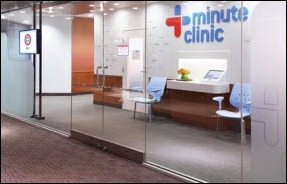

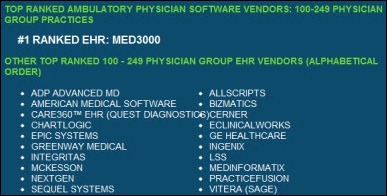
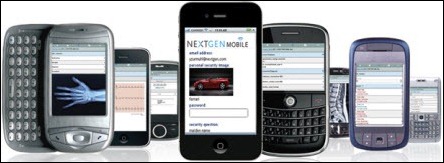





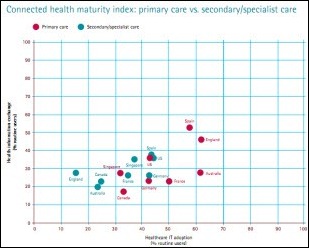


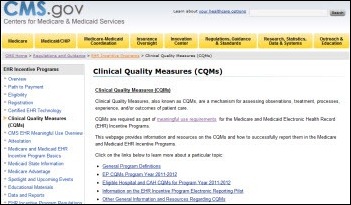





The article about Pediatric Associates in CA has a nugget with a potentially outsized impact: the implication that VFC vaccines…